Community Concerns Over Forestry Practices in Langholm, Scotland
- February 25, 2025
- 0 comment
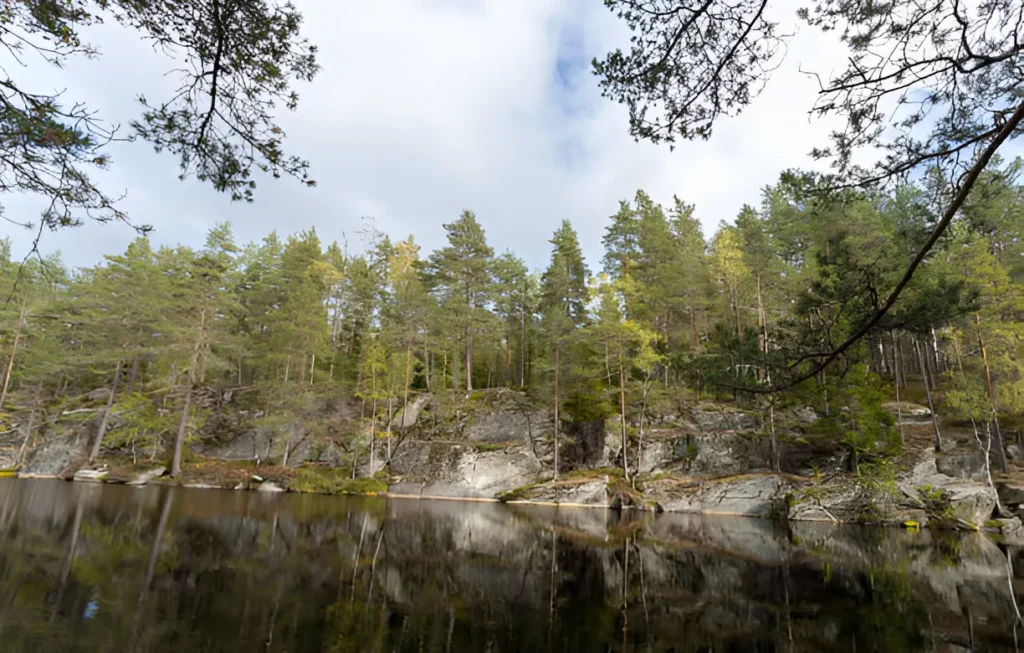
Langholm, a picturesque town nestled near the Scottish-English border, has long been known for its rolling hills, lush moorlands, and a strong sense of community deeply connected to the land. However, recent developments in the town’s forestry practices have sparked growing concerns among residents, revealing deep-seated anxieties about the future of Langholm’s natural beauty and economic stability. The sale of land to large forestry firms, particularly for the planting of sitka spruce, has ignited debates over the potential consequences of prioritizing financial gain over sustainable land management. As the conversation unfolds, it has become clear that the implications extend far beyond the immediate economic benefits, raising questions about environmental impact, tourism, farming, and the long-term well-being of Langholm’s residents.
The heart of the issue lies in the increasing acquisition of land by large forestry companies with a singular focus on sitka spruce cultivation. Sitka spruce, a fast-growing non-native species, has become a dominant choice for commercial forestry in the United Kingdom due to its economic viability. The species is particularly favored by timber industries for its rapid growth and high yield, making it an attractive investment for companies seeking substantial financial returns. However, the very traits that make sitka spruce desirable to investors have made it a cause for concern among locals who fear its long-term consequences on the region’s biodiversity and landscape.
Historically, Langholm has thrived on a diverse ecosystem that supports both agriculture and tourism. The town’s scenic landscapes, interwoven with moorlands and native woodlands, have attracted visitors and outdoor enthusiasts for generations. The rise of forestry-driven land sales threatens to alter this delicate balance, replacing varied ecosystems with monoculture plantations that may diminish the natural beauty and ecological health of the area. Many locals argue that a landscape dominated by rows of sitka spruce could make Langholm’s natural charm less appealing to tourists, potentially leading to a decline in the local economy.
Tourism has long been a significant contributor to Langholm’s financial well-being. Hikers, bird watchers, and nature lovers travel to the area to experience its rugged, unspoiled beauty. The potential transformation of large swaths of land into dense conifer plantations could deter visitors and disrupt the town’s tourism industry. Unlike the diverse woodlands that support a variety of flora and fauna, sitka spruce plantations create a far more uniform and sterile environment, offering little to the biodiversity that once thrived in the region. Residents worry that the loss of open moorlands and mixed forests will ultimately result in fewer visitors, impacting local businesses, guesthouses, and other services that rely on tourism.
Beyond tourism, Langholm’s farming community has also voiced strong concerns about the encroachment of large-scale forestry operations. Agriculture has been a cornerstone of life in Langholm for centuries, and farmers fear that expanding sitka spruce plantations could reduce available grazing lands and disrupt traditional farming practices. The deep root systems of sitka spruce trees have been known to alter soil composition and water drainage patterns, potentially leading to increased soil acidity and decreased fertility for surrounding agricultural lands. This raises pressing questions about the future viability of farming in the region and whether local farmers will be forced to adapt to an increasingly challenging landscape.
The environmental implications of widespread sitka spruce planting are another major point of contention. Unlike native tree species, sitka spruce plantations are often managed in a way that prioritizes rapid harvesting cycles, leading to clear-cutting practices that can be highly disruptive to local ecosystems. Clear-cutting not only strips the land of trees but also exposes the soil to erosion, increases the risk of flooding, and diminishes the region’s ability to capture and store carbon. In an era where climate change is an ever-growing concern, many in Langholm argue that forestry practices should prioritize ecological sustainability rather than short-term financial gain.
Efforts to push back against unchecked forestry expansion have gained momentum within the community. Local activists, environmental groups, and concerned citizens have been vocal in their opposition, advocating for a more balanced approach to land management. Many have called for stricter regulations on forestry practices, urging policymakers to consider the long-term environmental and social impacts before approving large-scale sitka spruce plantations. There is a growing demand for increased community involvement in decision-making processes, ensuring that the needs of Langholm’s residents are taken into account rather than being overshadowed by corporate interests.
One of the most promising responses to these concerns has been the rise of community-led land initiatives. Langholm has a history of grassroots movements that prioritize local stewardship over corporate ownership, and this spirit has been reignited in the face of increasing forestry development. The Langholm Initiative, a community-driven organization, has been at the forefront of efforts to reclaim land for conservation and sustainable development. The successful purchase of part of Langholm Moor in recent years demonstrates the power of collective action and the potential for community ownership to serve as an alternative to large-scale commercial forestry.
Despite these efforts, the challenges remain significant. The economic incentives for forestry firms are substantial, and without strong regulatory frameworks in place, it may be difficult to curb the expansion of sitka spruce plantations. Government policies on land use and forestry subsidies play a crucial role in shaping the trajectory of Langholm’s landscape, and residents are calling for reforms that promote a more sustainable and community-centered approach to land management. Striking a balance between economic development and environmental responsibility will require collaboration between policymakers, local stakeholders, and conservation groups.
The broader context of Scotland’s land ownership structure adds another layer of complexity to the debate. A significant portion of Scotland’s land is owned by a relatively small number of private entities, including large corporations and wealthy landowners. This has historically limited local influence over land use decisions, leaving communities like Langholm with little say in how their surrounding landscapes are managed. Recent discussions on land reform and community empowerment have gained traction, with advocates pushing for policies that grant local populations greater control over their natural resources.
As Langholm navigates these challenges, the voices of its residents remain central to shaping the town’s future. The concerns over forestry practices are not just about trees—they are about preserving the cultural identity, environmental health, and economic stability of the community. The tension between corporate forestry interests and local well-being is a microcosm of a larger global conversation on sustainable development, climate change, and responsible land stewardship. How Langholm responds to these pressures could serve as a model for other communities facing similar dilemmas, demonstrating the power of grassroots advocacy and the importance of community-driven solutions.
Ultimately, the story of Langholm is one of resilience and determination. Residents are not merely standing by as their landscape changes; they are actively engaging in discussions, organizing movements, and exploring alternative approaches to land use. Whether through conservation initiatives, policy advocacy, or direct action, the people of Langholm are striving to ensure that their town’s natural beauty and cultural heritage are preserved for generations to come. The battle over forestry practices in Langholm is far from over, but one thing remains clear: the community is unwilling to let short-term economic interests dictate the future of their home.




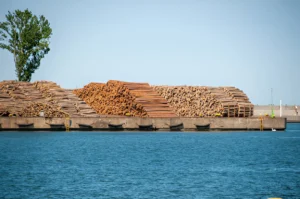

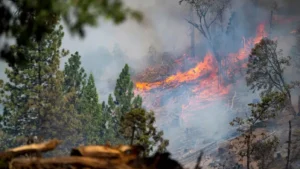
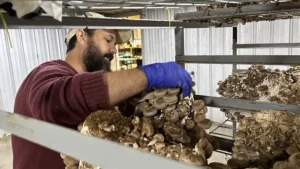

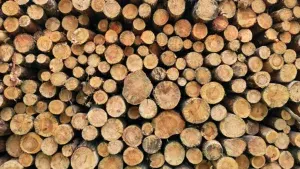




Leave your comment